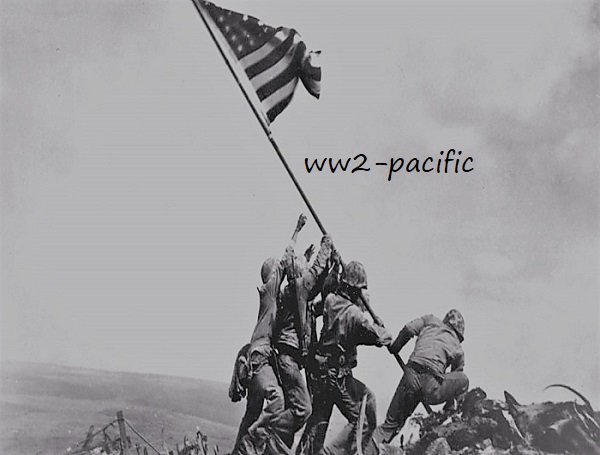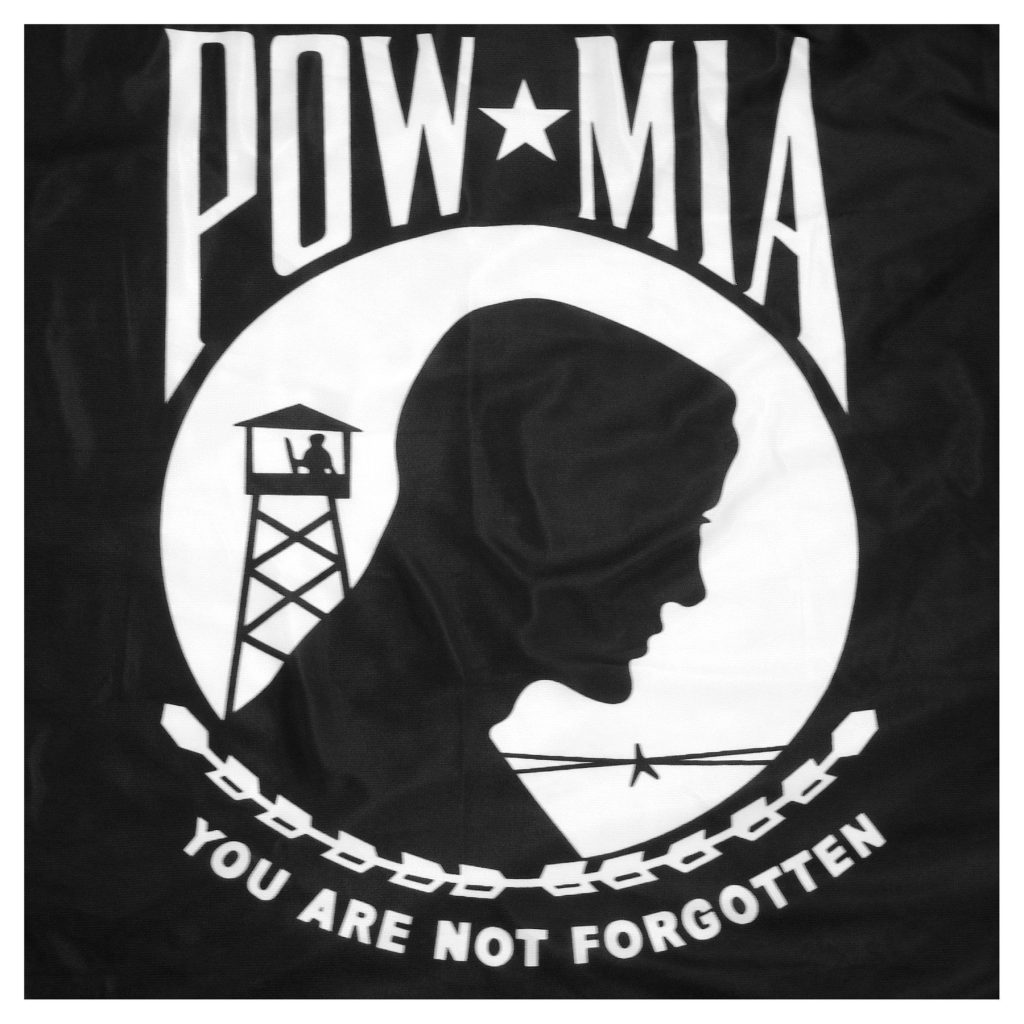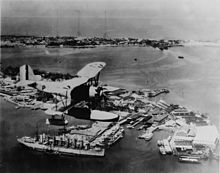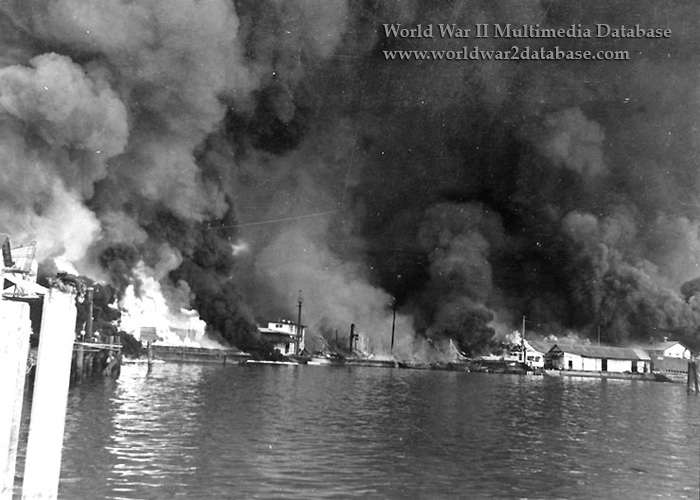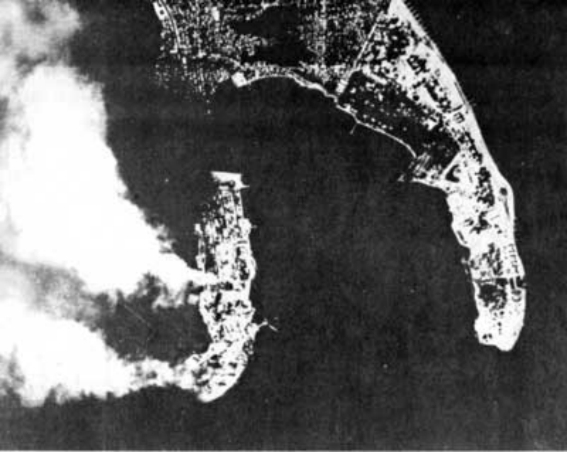Rank and Name, Fireman First Class Marvin Stone Van Hook.
Unit/Placed in, Naval Station Cavite (Sangley Point), Pearl Harbor
Marvin is born approx. on 1919 in Kentucky.
Father, Henry Van Hook.
Mother, Stella Van Hook.
Sister(s), Louise, Margaret and Erydale Van Hook.
Brother(s), William H. Van Hook.
Marvin enlisted the service in Kentucky with service number # 2874547.
Marvin was KIA when the Japanese Bombed the Naval Station on Dec 10, 1941, he is honored with a Purple Heart, Good Conduct Medal, Expeditionary Medal, American Campaign Medal, Distinguished Unit Citation, Asiatic-Pacific Campaign Medal, WW II Victory Medal.
Marvin is buried/mentioned at Manila American Cemetery and Memorial Manila, Metro Manila, National Capital Region, Philippines.
Walls of the missing.
Thanks to,
Jean Louis Vijgen, WW2-Pacific Website.
Air Force Info, Rolland Swank.
ABMC Website, https://abmc.gov
Navy Info, http://navylog.navymemorial.org
POW Info, http://www.mansell.com Dwight Rider and Wes injerd.
Family Info, https://www.familysearch.org
Marines Info, https://missingmarines.com/ Geoffrey Roecker
Medals Info, https://www.honorstates.org
Philppine Info, http://www.philippine-scouts.org/
Find a Grave, https://www.findagrave.com
